You will need:
- One lemon or orange
- A copper coin or copper metal
- A ‘silver’ zinc coin or aluminium metal
- One knife (adults only)
- A chopping board
- A bowl
- A Multimeter (you can get this from a hardware or electronics store)
As long as you have two different types of metal, the experiment will work.
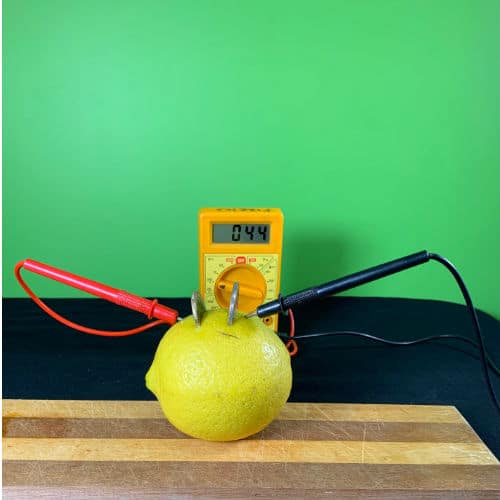

Get the Electricity & Magnetism Unit of Work here!
- How does electricity actually flow?
- What makes magnets become magnetic?
- Why is there electromagnetism and what does this tell us about electricity & magnetism?
- From series & parallel circuits to conductors & insulators, there’s a lot to explore & learn!
Includes cross-curricular teaching ideas, student quizzes, a sample marking rubric, scope & sequences & more.
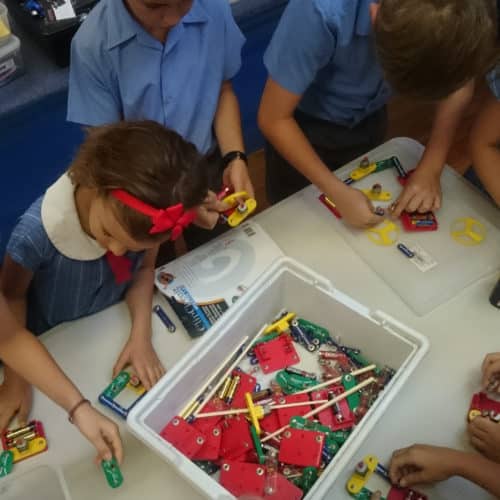
School science visits since 2004!
– Curriculum-linked & award-winning incursions.
– Over 40 primary & high school programs to choose from.
– Designed by experienced educators.
– Over 2 million students reached.
– Face to face incursions & online programs available.
– Early learning centre visits too!
Why Does This Happen?
The coins are made of two different materials, i.e. copper and zinc – not really silver! When you place two different metals apart in an acid, a current of electricity will flow if you complete the circuit. The acid in the lemon allowed the copper atoms to travel to the Zinc coin, whilst electrons from the zinc coin travel towards the copper coin. You’ve made a simple Voltaic Cell.
Variables to test
- Try a lime, a grapefruit, a mandarin and other citrus fruits. Do they have any difference compared to the lemon?
- What about trying a potato, a beetroot, pumpkin or any other kitchen vegetable or fruit!
- Try different combinations of coins.
- Try different metals in the fruit.
Electrical Circuits
Years 3 to 6
Maximum 30 students
School workshop (NSW & VIC)
60 or 90 minutes
STEM Full Day Accelerator - Primary
Designed from real classroom experiences, this modular day helps you create consistently effective science learning that directly address the new curriculum with easily accessible and cost-effective materials.
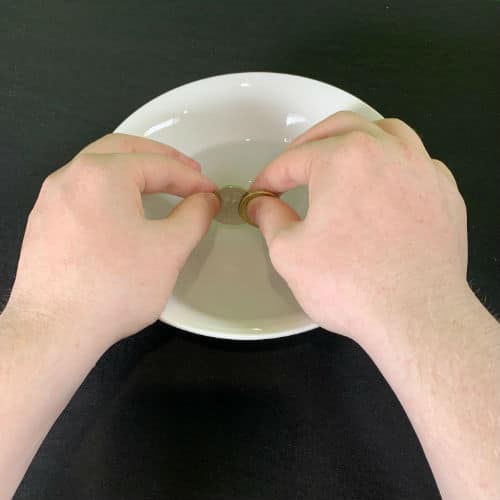
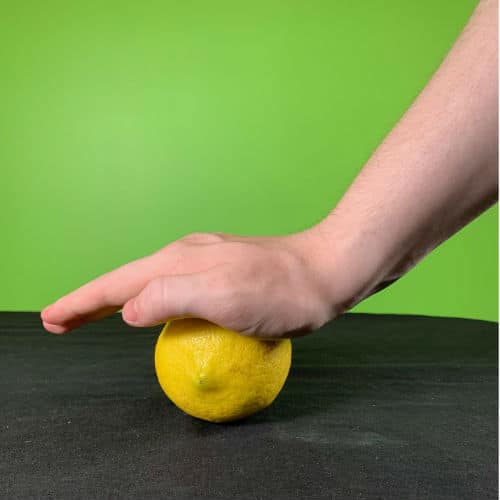
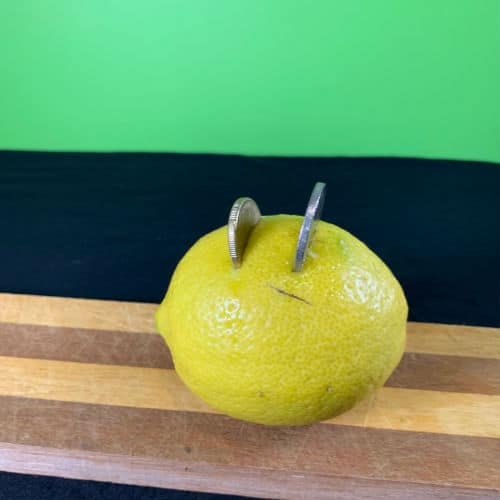
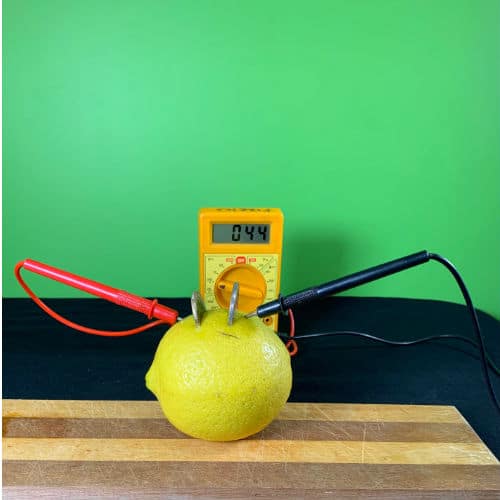



























this simple model make me astonished.
Glad you liked it Putul!
THIS IS AMAZING!!!!!!!!!!!!
ITS A GOOD USE FOR LEMONS.
WHY IS THE PICTURE A LIME WHEN IT SAYS LEMON?
Glad you liked it!
As for the lime, these were unripe lemons picked from my tree 🙂
We’ll take some nicer shots with yellow lemons at some point soon but for now we just wanted the information out there to help. Have fun experimenting!
Can I lick it?
Ha! The voltage is not high at all so it’ll be fine, albeit sour and slightly metallic tasting. The metals themselves may not be clean though, so maybe leave that be for now 🙂
Would there be enough voltage to light a very small LED?
Yes! Let us know how you go 🙂